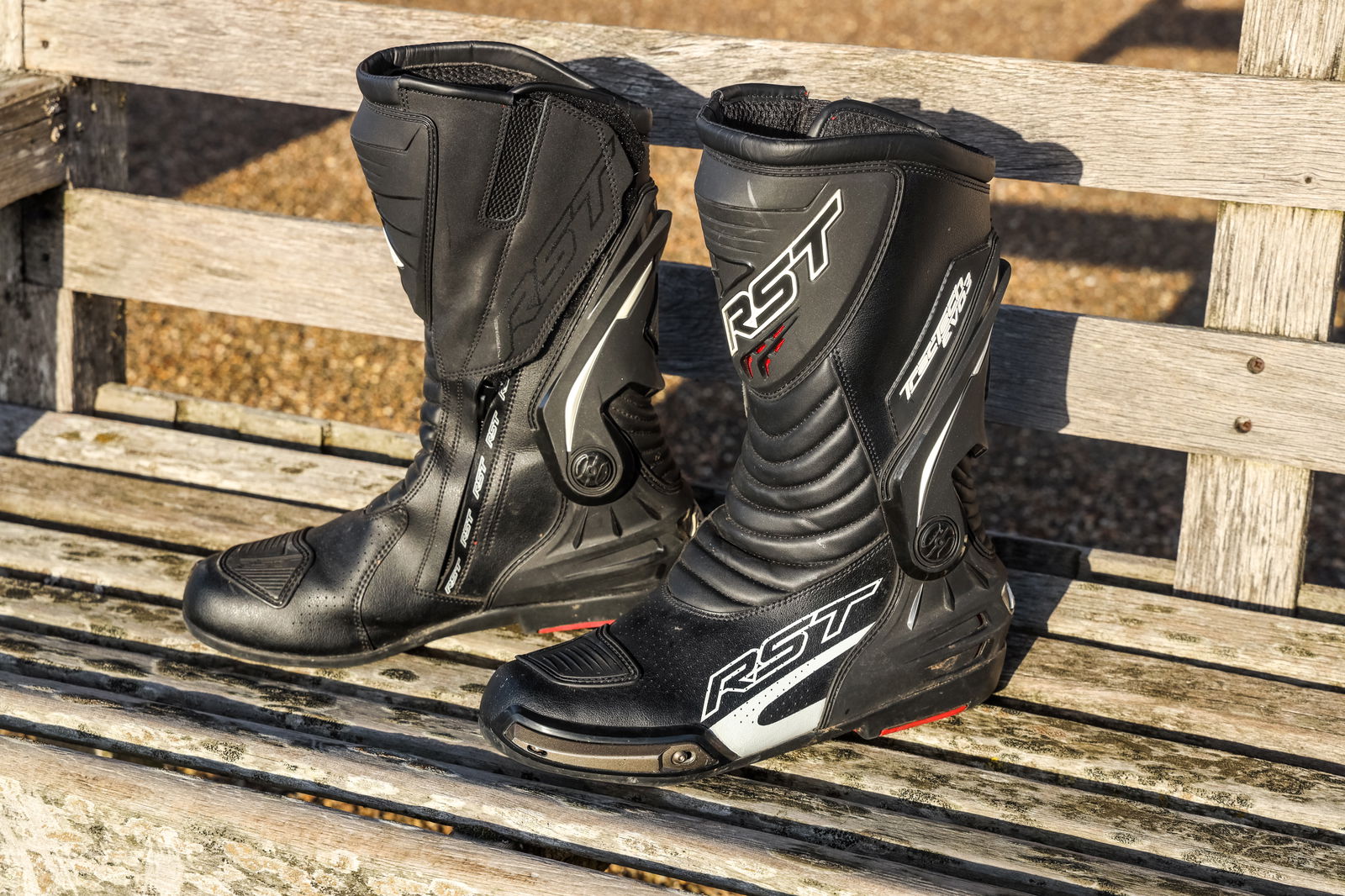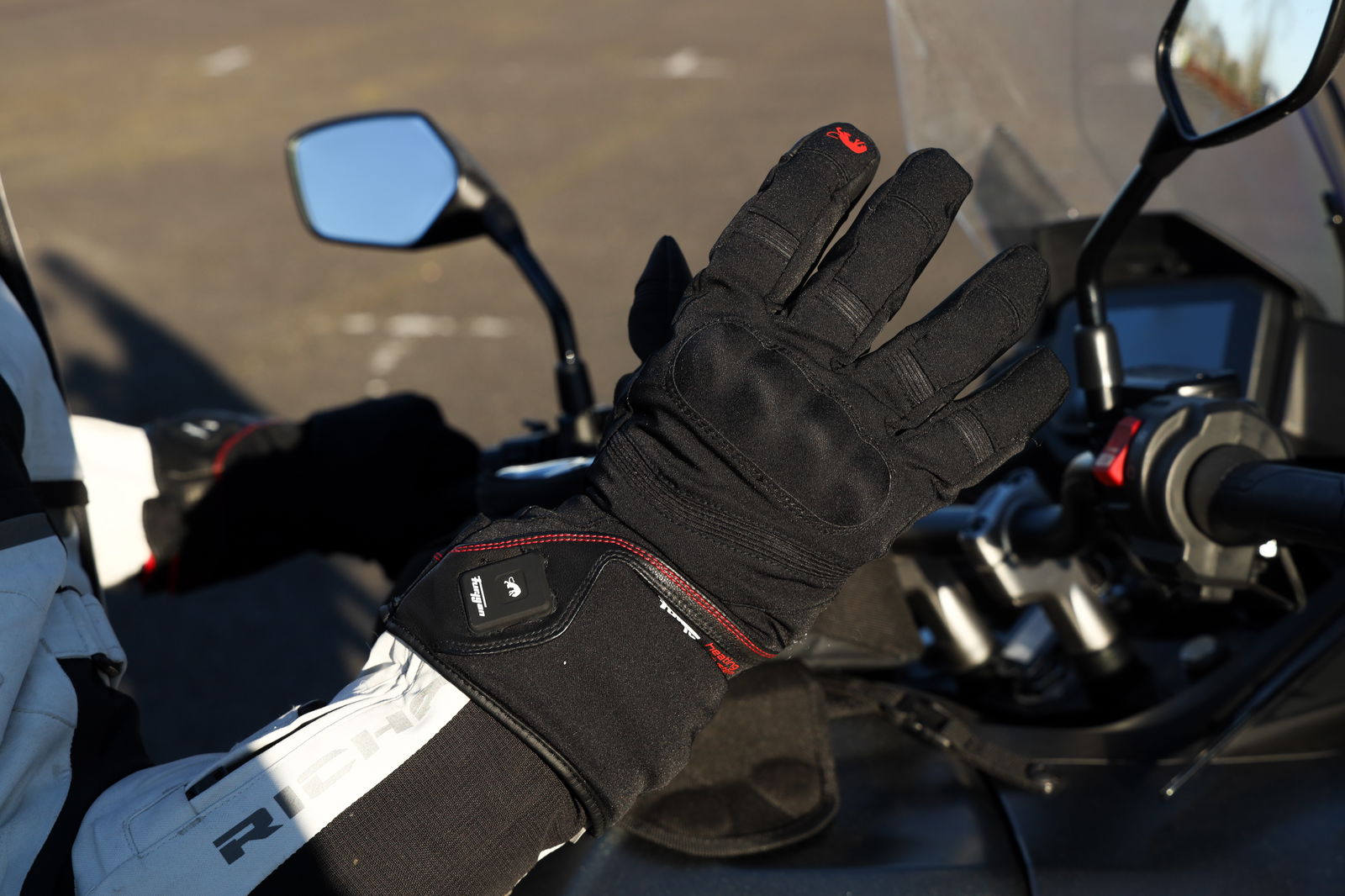Zerofit Baselayers Review: Banish the Winter Chill for Less
Zerofit’s range of baselayers offers an effective way to keep warm in the colder months for not much money

We are, of course, very biased, but we think motorcycling is brilliant. And with that in mind, we reckon you should be riding for as much of the year as possible. A lot of bikers will put their bikes away around November and hibernate them until March, but in doing so, you could be missing out on stacks of riding on those milder, dryer winter days.
If you want to get some riding for pleasure done in the latter parts of autumn into the depths of winter, or if a motorbike is your main method of transport and you’ll be riding whatever the weather, you need to be kitted out appropriately. You might think this needs to involve spending vast amounts of money on things like Gore-Tex textiles and heated gloves. In reality, though, one of the most important things you can do is buy a good set of baselayers, which needn’t cost the earth. This leads us neatly to our test of Zerofit’s range of baselayers.
Zerofit baselayers: key features
- ‘Heat Threads’ activated by movement
- Twice as warm as a jumper (Ultimate)
- Sweat-wicking properties
- Range of colours
You can pretty much cover yourself head to toe in Zerofit gear, with the company offering socks, leggings, tops, neck warmers and - for when you’re off the bike - a bobble hat. The products aren’t intended to be motorcycle-specific, and they’re marketed to a wide range of users including golfers, runners, skiers and more, along with bikers. We tested pretty much the full range from milder weather down to about two degrees Celsius.
Heatrub Ultimate baselayer top
If you’re only going to buy one baselayer item, it makes sense for it to be a top. Your upper body bears the brunt of chilly air blasts when riding, and the Heatrub Ultimate is one to go for if you’re the ‘riding whatever the weather’ type, as it’s intended to keep the user toasty as low as -10 degrees Celsius while being suitable for temperatures up to +10.

We haven’t been able to test it quite as low as that, but certainly, at a still very chilly two degrees Celsius, the upper body was kept at a very nice temperature. The benefit of going for the warmer of the two tops is that you’re less likely to need anything else under your jacket, but the trade-off is that you’ll want to ditch it pretty soon after getting back inside and in the warm. Whenever I haven’t done so, I’ve ended up sweaty, and quite quickly.
Thankfully, that doesn’t happen when you’re outside, even in milder temperatures. Zerofit intentionally made the neck a bit looser so excess heat has somewhere to escape, and makes a point of not using compression to keep you warm. The idea of the latter is to ensure you don’t feel constrained, and sure enough, body movement doesn’t feel constricted at all.
The sizing of our medium test sample was as expected, although there wasn’t a lot of excess room and I am of a slim build, so anyone a little bigger may wish to go for a large. That said, the stretchy nature of the fabric means you don’t need to fret about sizing too much.
Zerofit’s ‘Heatrub’ technology uses what’s referred to as “double-loop barrel fabric” and ‘Heat Threads’ that are supposed to activate with “the slightest oscillation and movement” to give an instant feeling of warmth. And you know what? It actually works like this in real life. The moment you slip on the top and start moving, you’ll feel cosy, helped by the fluffy inner surface.
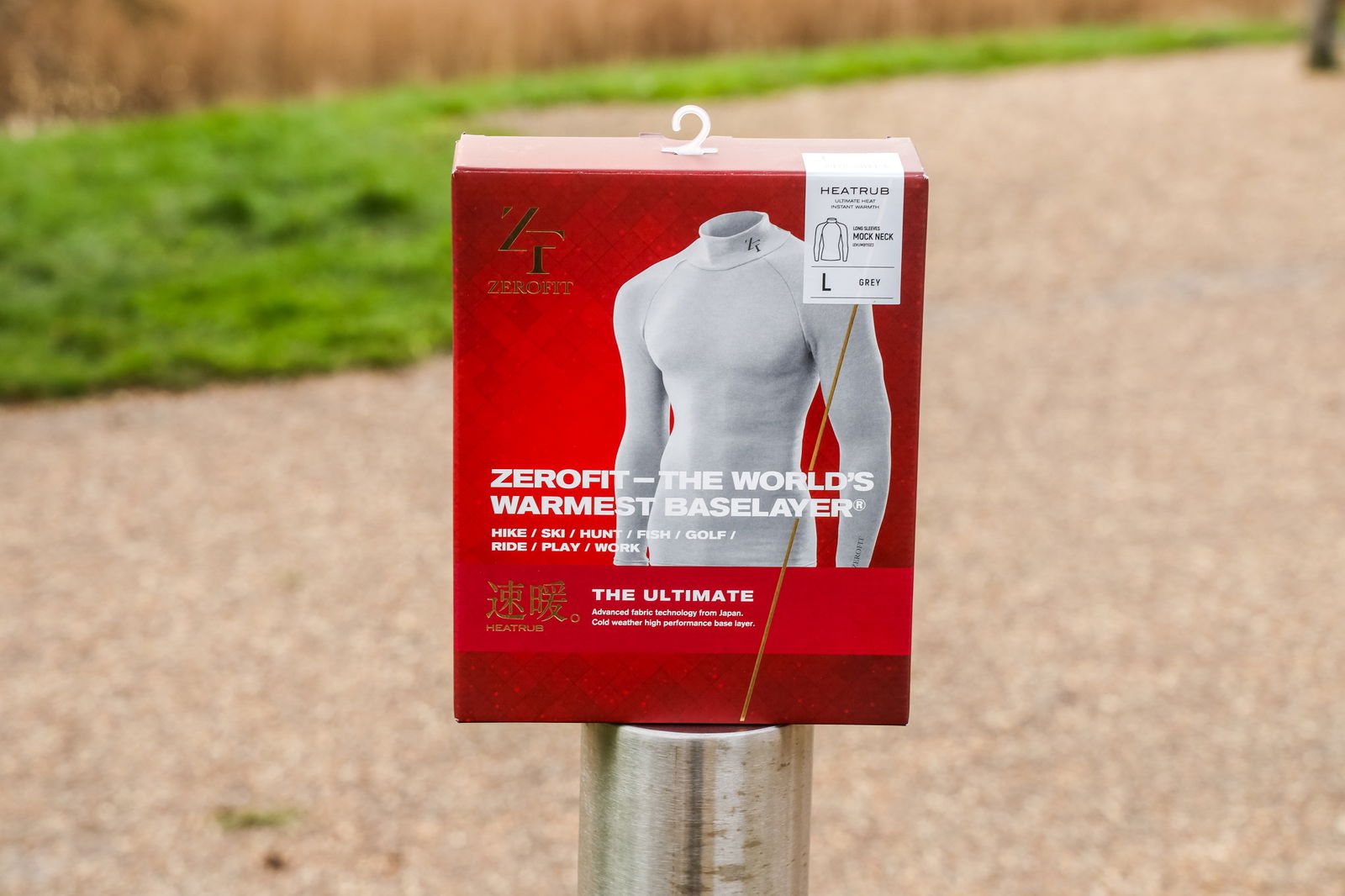
The Ultimate is made from a plethora of materials - 68 per cent acrylic, 21 per cent Nylon, seven per cent for wool and two per cent apiece for Polyester and Polyurethane. It’s machine washable up to 40 degrees, so you can happily bung it in with the latest batch of laundry without a second thought. A few bobbles have appeared on our test sample after a few washes, which is a bit of a shame, but forgiveable for a garment that’ll mostly be hidden away.
Heatrub Move baselayer top
Of more use to a greater range of riders is the Move, which gets a slightly simpler construction featuring 50 per cent Polyester, 45 per cent Polypropylene and five per cent Polyurethane. The two-layer design wicks sweat away from the body, Zerofit claims, and the intended temperature window is -5 to 12 degrees Celsius.
It’s been our go-to over the Ultimate, simply because it’s rarely cold enough in the UK to warrant the warmer of the two tops. It’s thick enough that you generally still won’t need to put a jumper on top - combined with a Richa Infinity II textile jacket I’m also testing with its liner in, I’ve been happy to head out.

The inside doesn’t quite have the same deep-pile, fluffy texture of the Move, but it’s still supremely comfortable to slide on. It allows for a good range of movement, but it does seem tighter around the neck, which not everyone will be keen on.
The thum holes, meaning the ends of the sleeves will be nice and snug inside your gloves even if wearing shorties, but the top is comfortable whether you use these or not.
And as it’s quite a bit thinner than the Ultimate, I’ve often found myself getting home from a morning ride and simply leaving the top on for the rest of the day. It’s certainly one way of saving on your central heating bill…
Once again, machine washing at a sensible temperature is possible. It’s also worth noting our Move test sample looks fresher after a few washes than the Ultimate does, and it’s also a decent chunk of change cheaper, coming in at £40 as opposed to £60.
Heatrub Ultimate baselayer leggings
While there are Move baselayer leggings, it’s only the Ultimate we’ve tested thus far. The ideal temperature operating window is the same as the Ultimate top, and the blend of materials is no different.
However, I was quite happy to wear these in milder conditions as well as chilly, probably because the nature of the human body means you’re less likely to overheat on the bottom than you are up top.
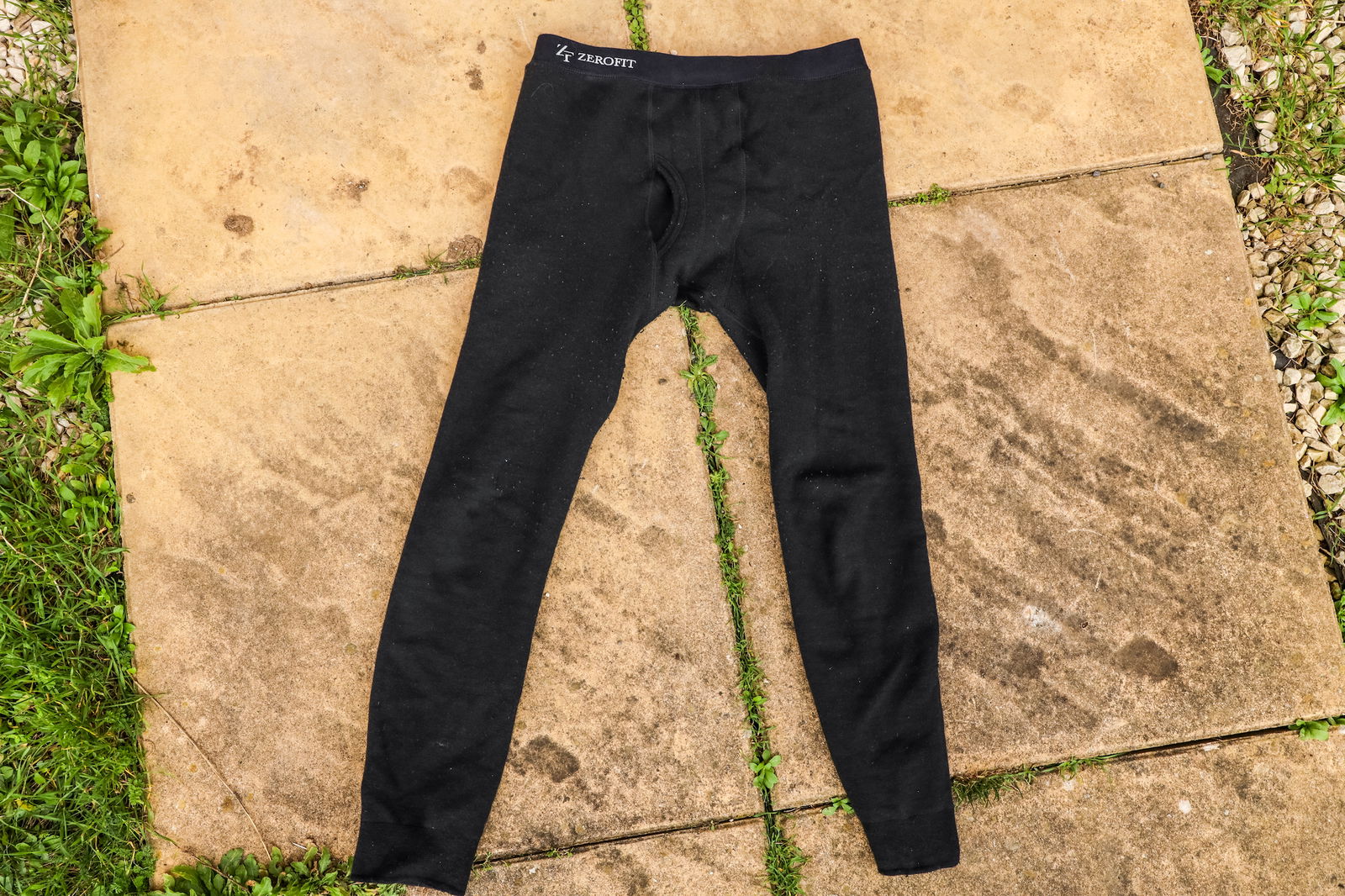
The fit wasn’t quite as good as the top. The medium sample was fine in terms of fitting around the middle over my 38-inch chest (again, these are stretchy, so should suit a range of body sizes), but it felt like it could have done with being a bit taller around there so it sits above rather than below the waist. As it is, the bottoms tend to start sliding down your bum after a while.
It’s a shame, as otherwise, you’d probably forget you were wearing them. As with the other Ultimate products we tested, the thermal qualities are excellent - at two degrees Celcius I had no complaints about the level of heat on offer when worn under textile trousers with a liner.
As with the Ultimate top, we have had a few bobbles appear in the leggings after a handful of washes, but the quality of them hasn’t degraded otherwise. Unlike the other products tested here, which are unisex, there is a female-specific cut available for the leggings.
Either way, the price is the same, at £60, compared to £40 for the Move leggings.
Heatrub Ultimate socks
Well, they’re socks - there’s not really a whole lot we can say about them! Made from the same stuff as the Ultimate tops and leggings, they’re thick and keep your toes so warm you can get away with wearing a well-ventilated, summer-oriented pair of boots even in the depths of winter.
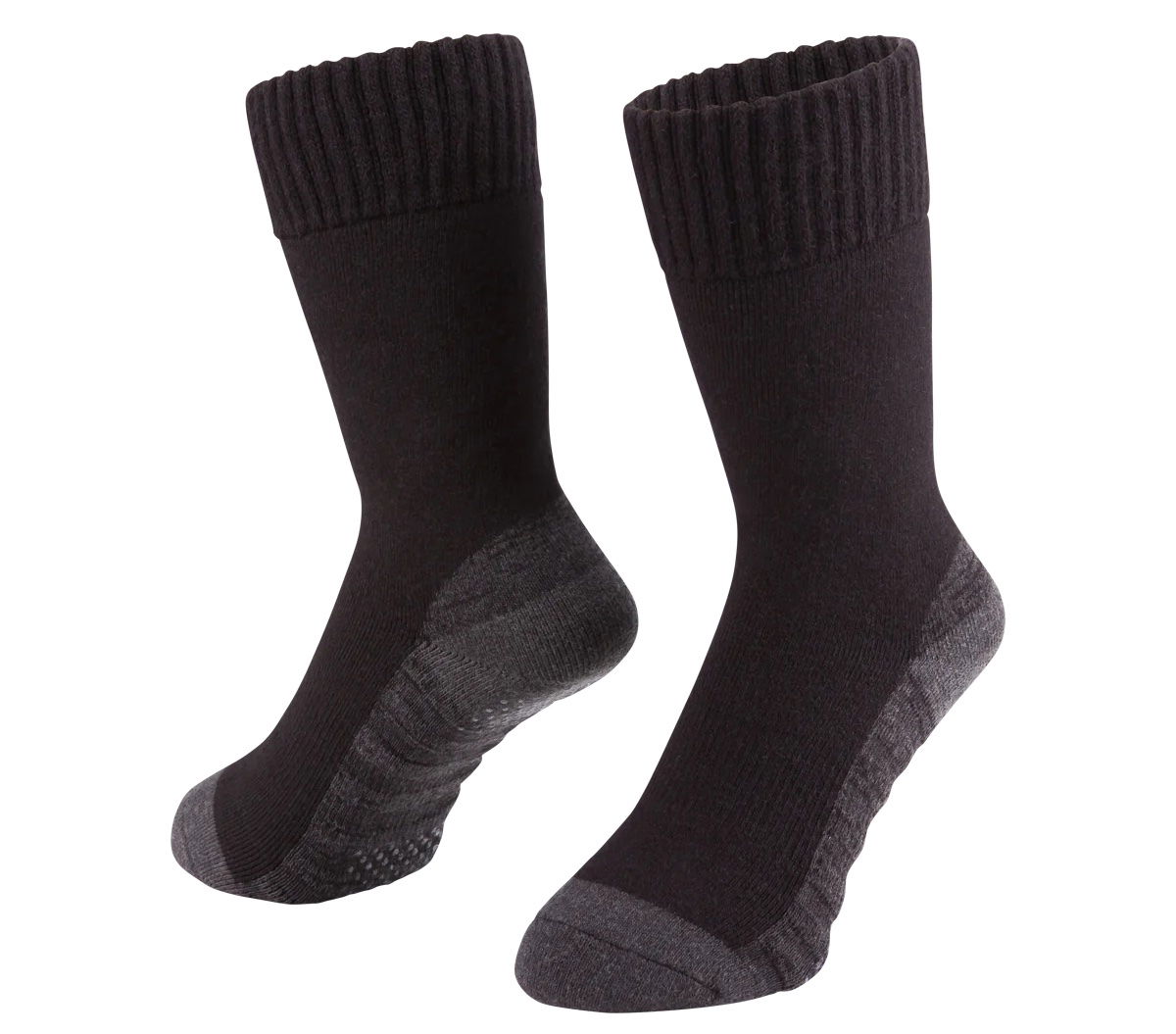
We tried standard-length socks, but knee length is available. In terms of sizing, you can choose between UK sizes 4-7, 7-8 or 11-14. All are priced at £25 for a pair.
Heatrub neck warmer
This is the only Zerofit item that left us a tiny bit disappointed, but only because everything else was so impressive. It’d probably work very well for a lot of the other sports Zerofit lists on its website, but when you’re on a motorcycle doing anything up to 70mph (and potentially beyond…) you really need a complete ‘seal’ to keep fast-flowing cold air at bay.
The neck warmer has a drawstring to tighten it up at the top, but this still leaves the area where your neck connects your head exposed, along with the chin. It also does nothing to stop cold air from flowing up through the helmet, making your ears cold.

It’s best, then, to combine it with the classic snood. On all but the coldest days, I’ve ended up just using a snood and leaving the neck warmer at home. Perhaps in time, Zerofit will make a snood out of its Move or Ultimate fabric mix, which would be a much more useful product for bikers.
Should you buy Zerofit baselayers?
This isn’t an easy question to answer as we’re covering a range of different products, and which of them is suitable for you is going to depend on the kind of riding you’re doing and where you live in the world. Every rider out there would benefit from at least one of these base layers, though.
The neck warmer we’d be inclined to leave, although its issues stem more from not being as suitable for biking as Zerofit’s other products rather than any inherent flaws.
Perhaps the most useful to the widest range of users will be the Move top. It’s warm enough to cover some very chilly winter days but thin enough that it’ll be something you can wear for a large chunk of the year. It’s more comfortable than other base layers I’ve tried and hasn’t left me as sweaty.
At £40 it’s decent value, and paired with some Move leggings and the cosy Ultimate stocks, you’ll be kitted out for a shade above £100. Even if you do want to go for Ultimate everything, it won’t break the bank. It’s especially good value considering all of it can be used for more than just biking - whether that involves taking the dog for a walk, going for a run or simply allowing you to leave the thermostat half a degree cooler…
